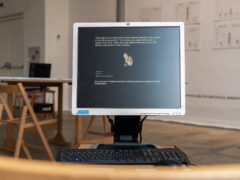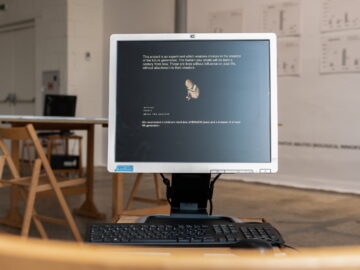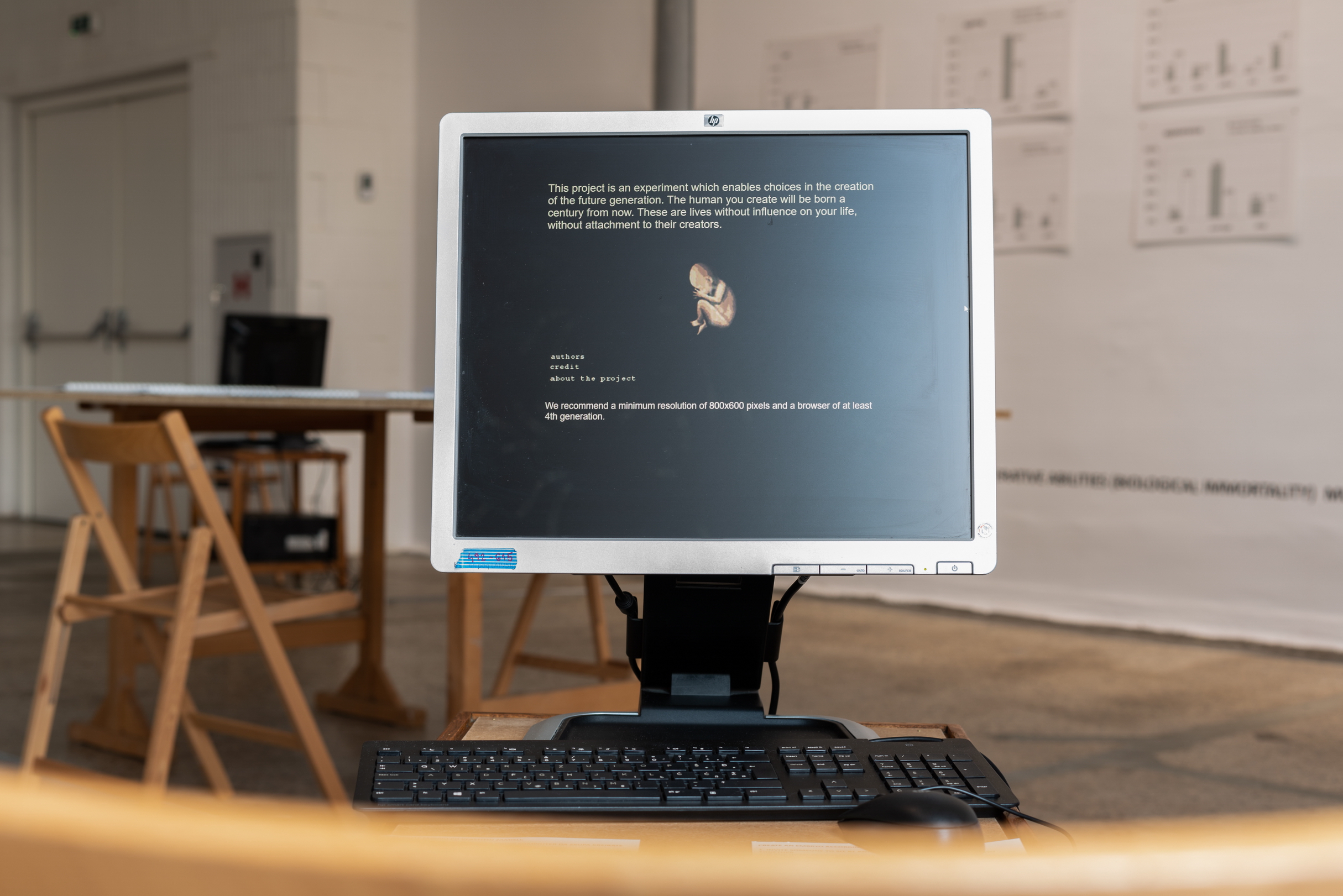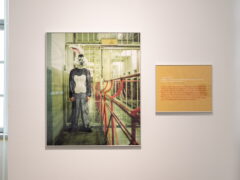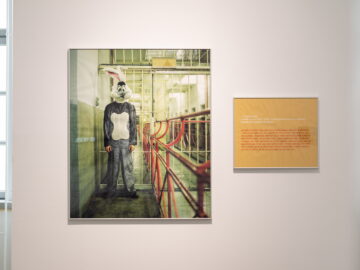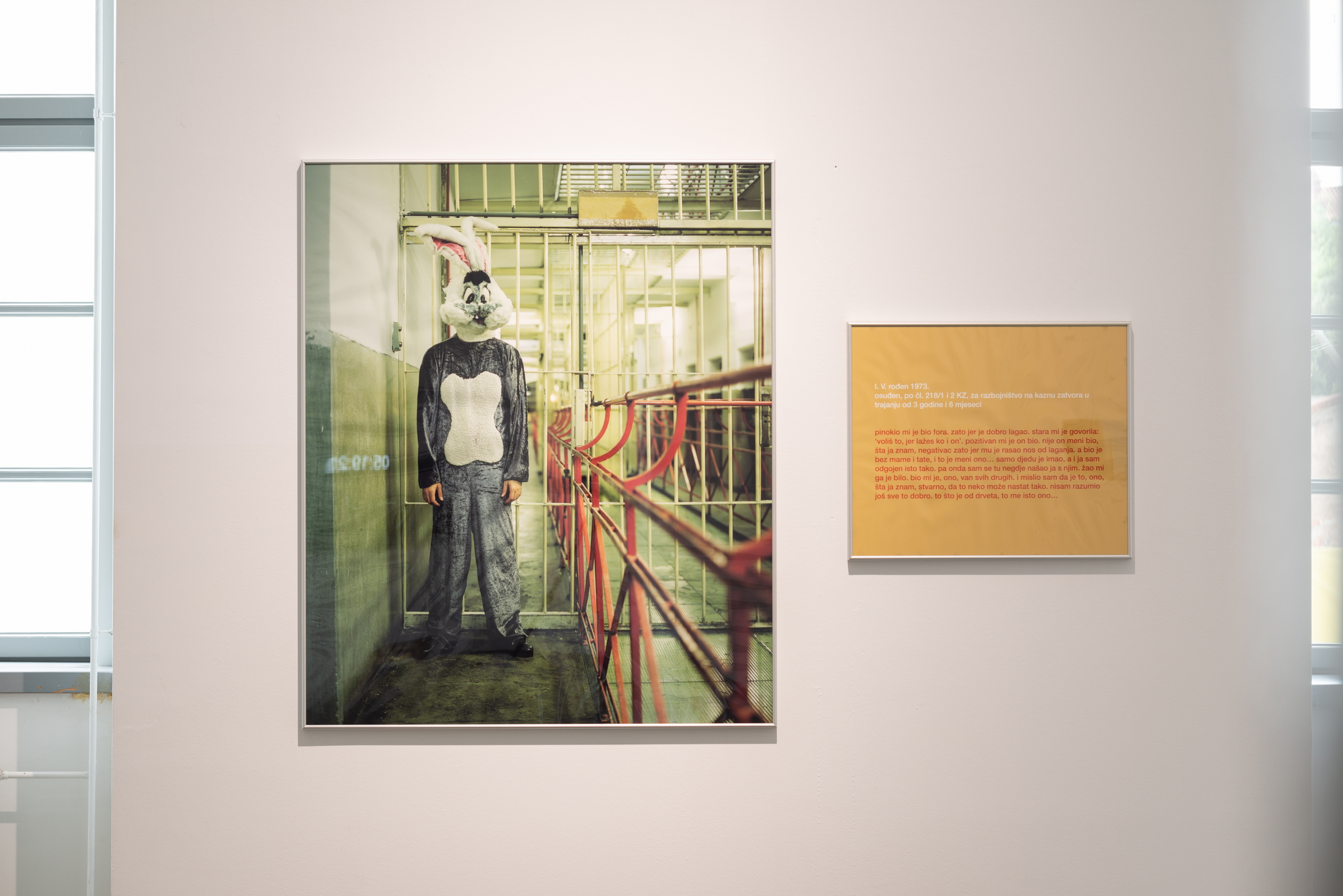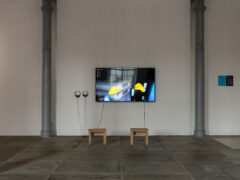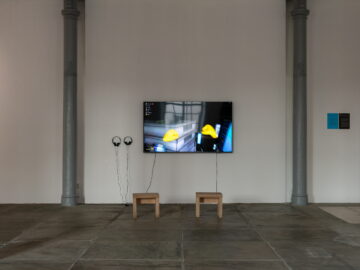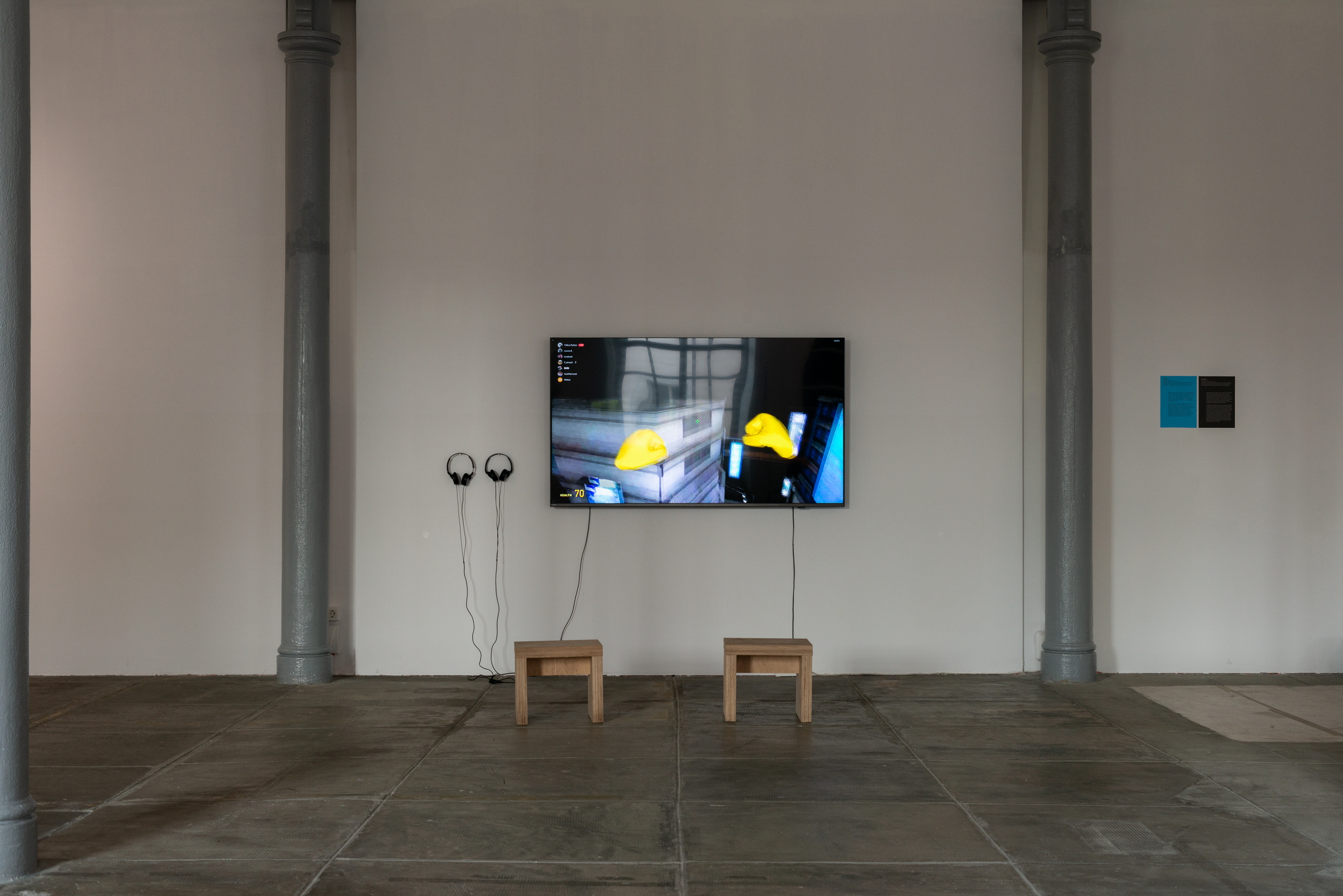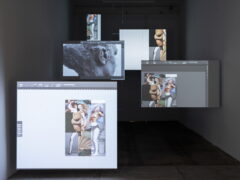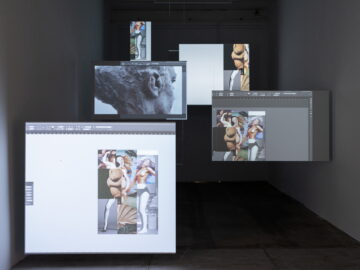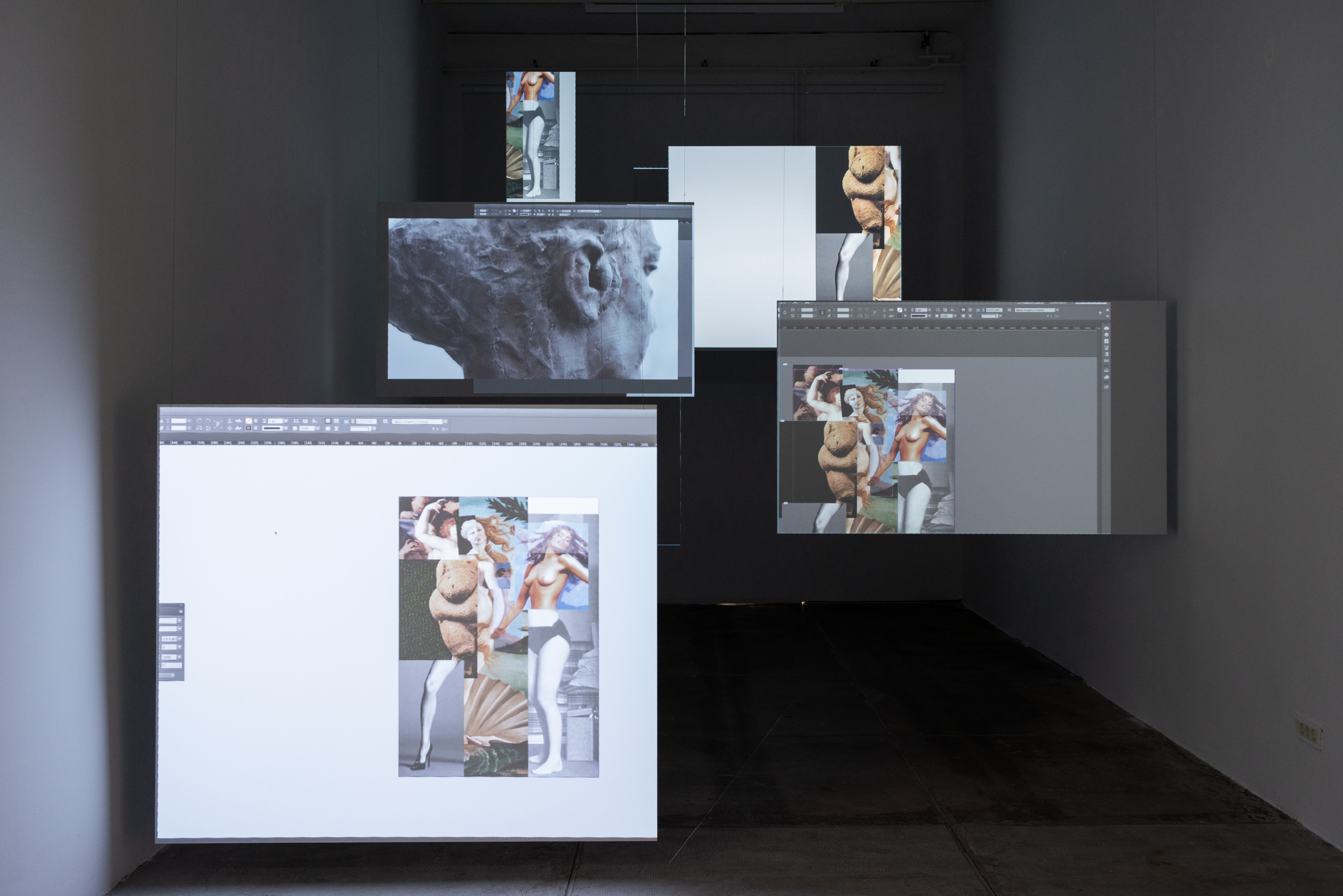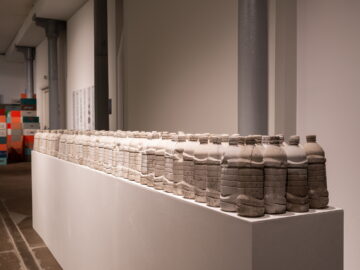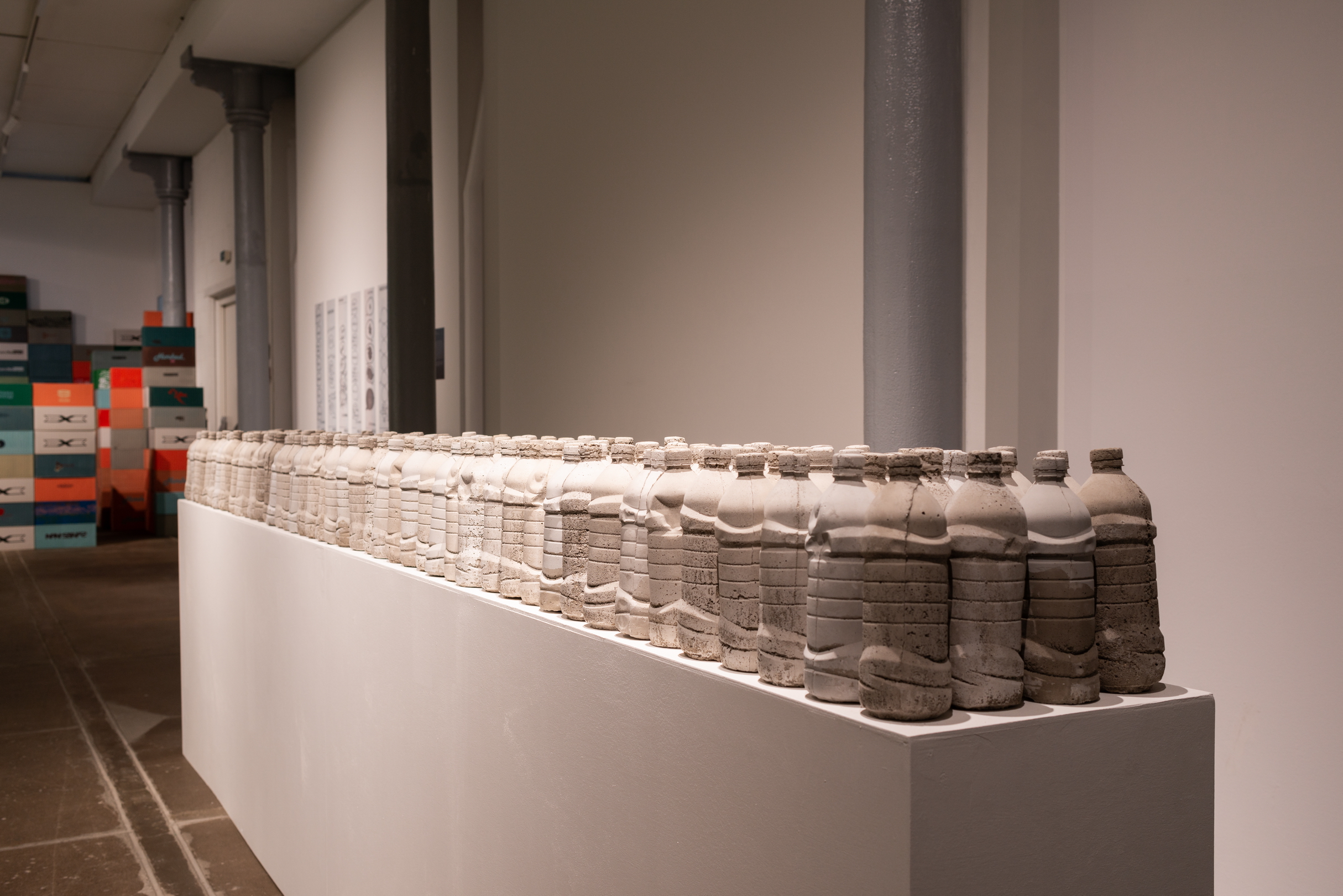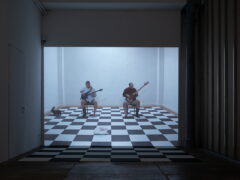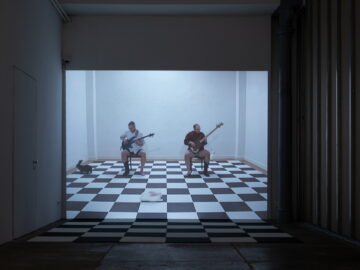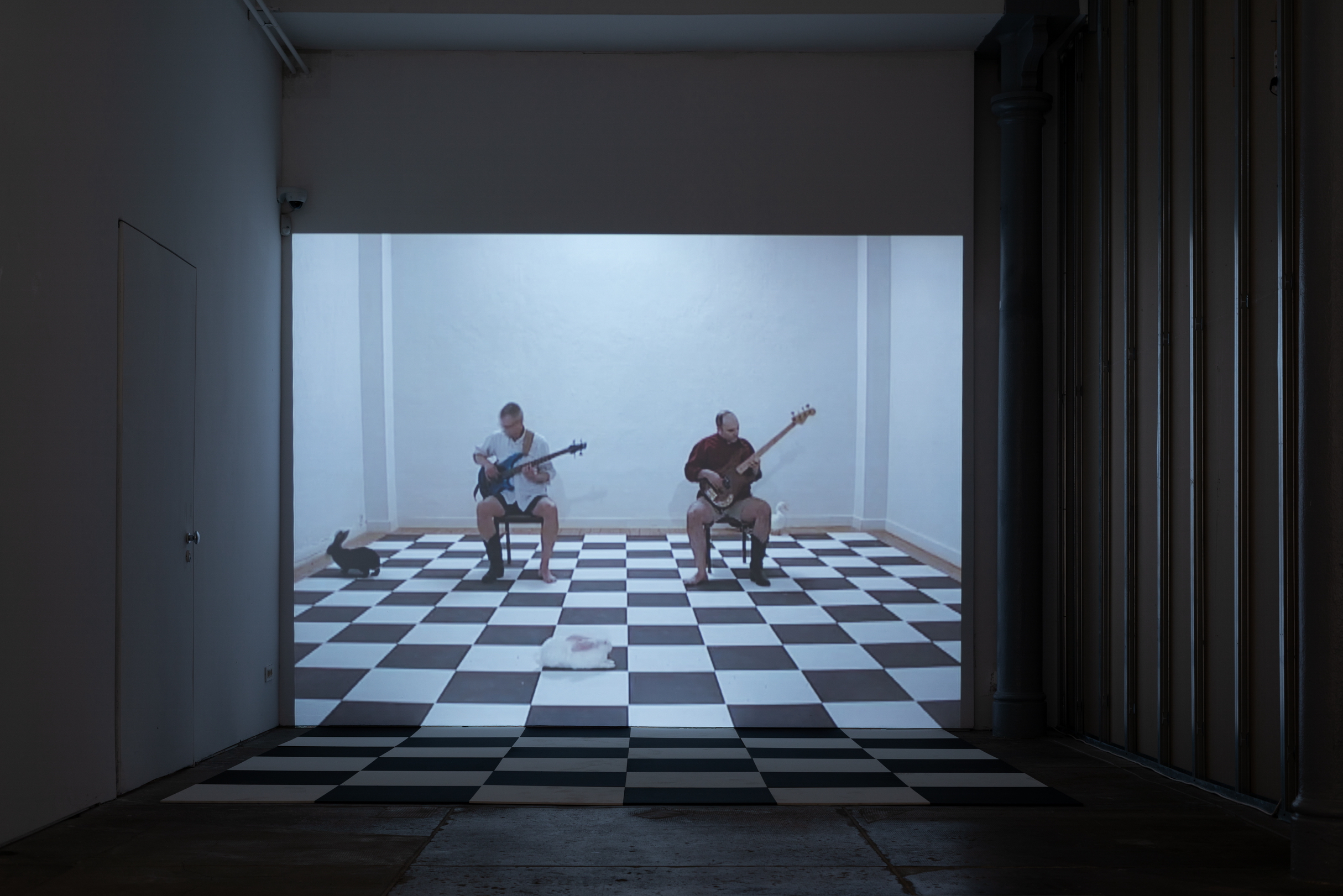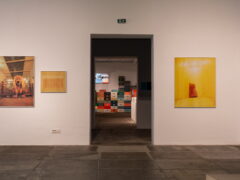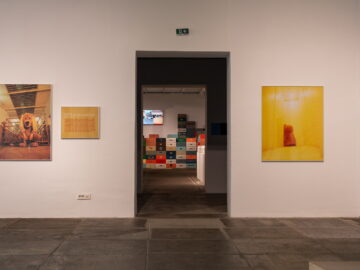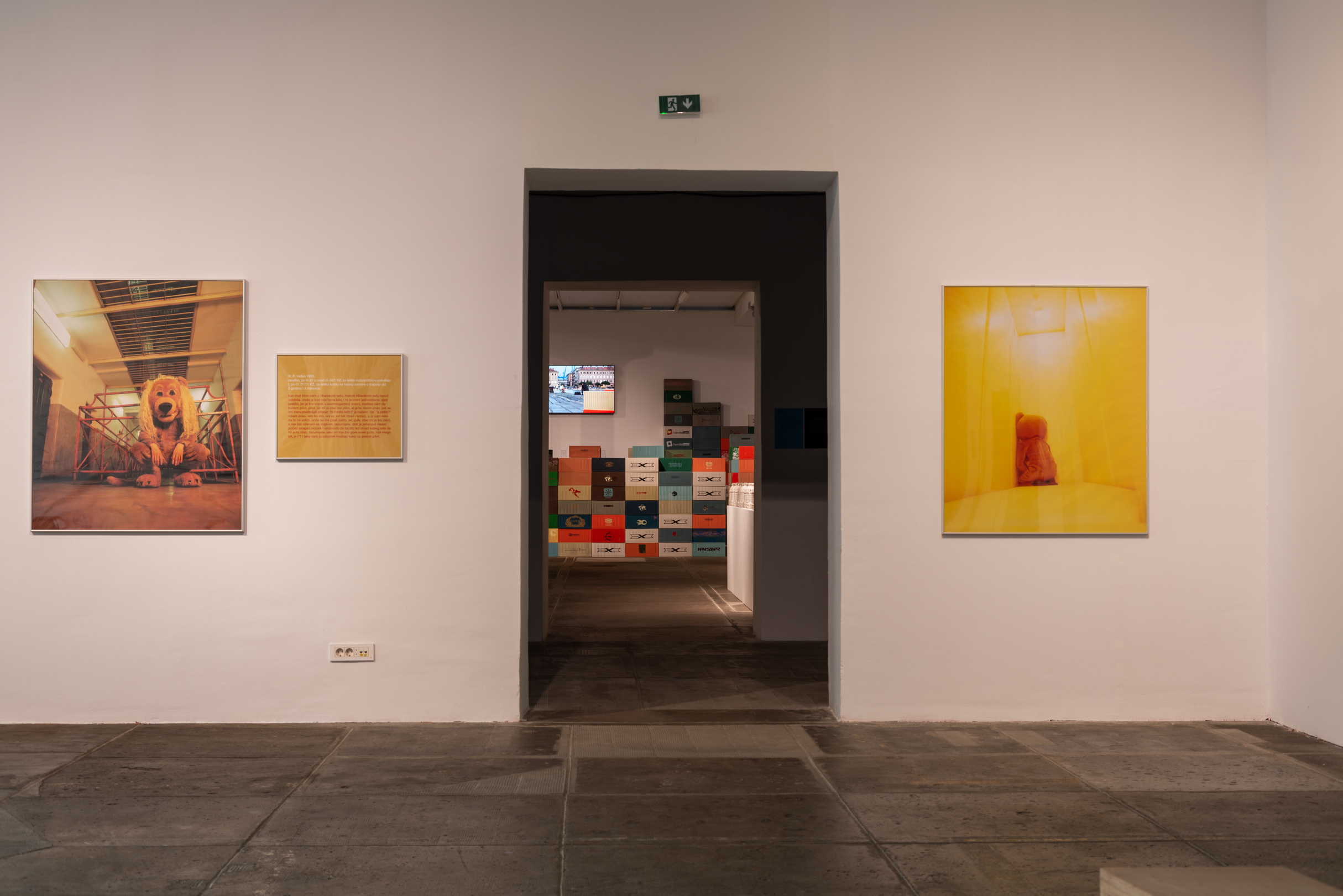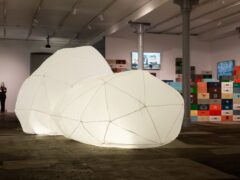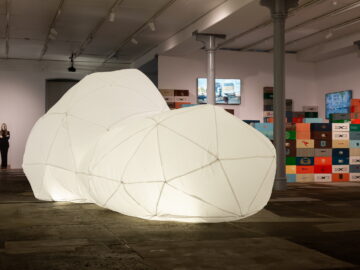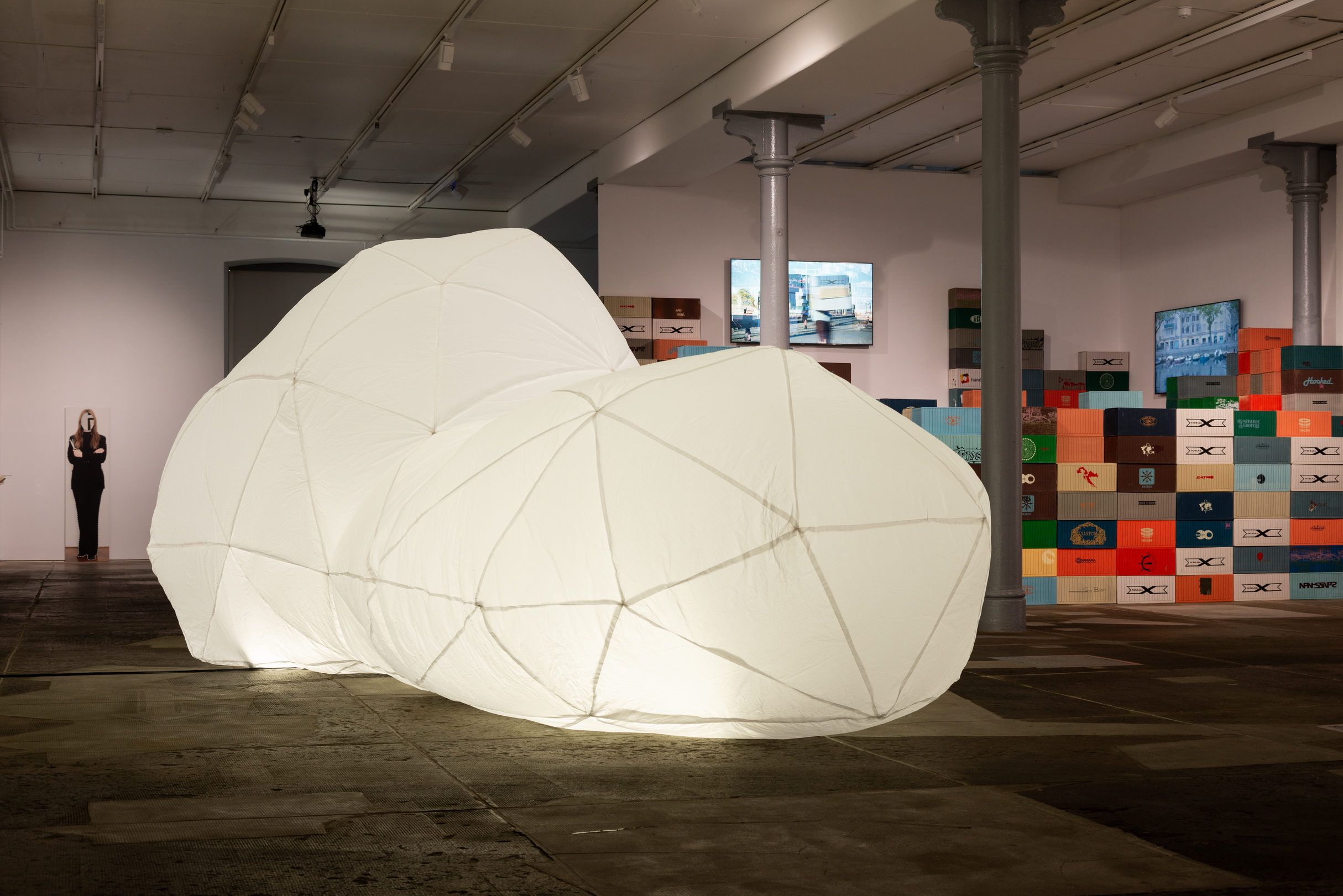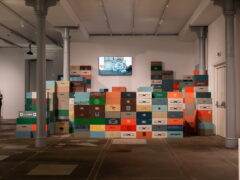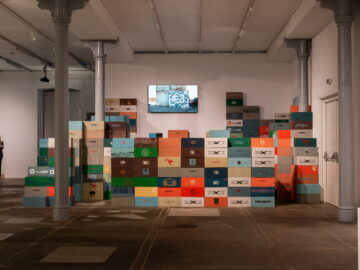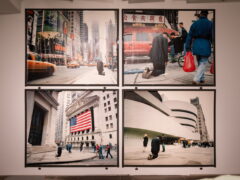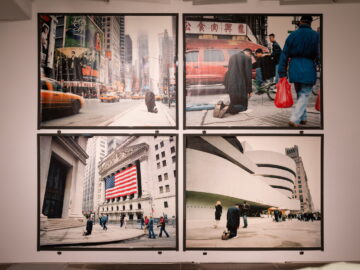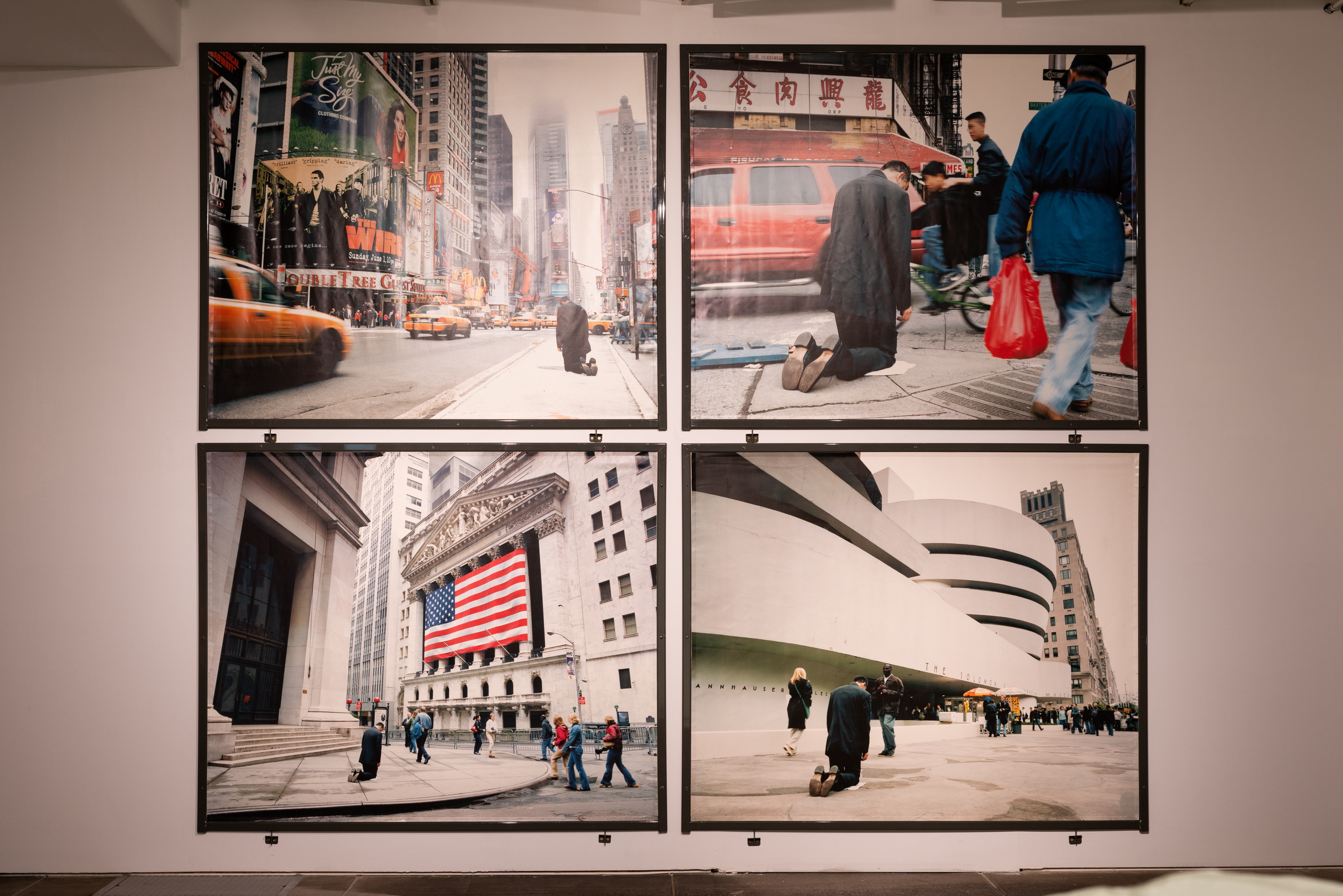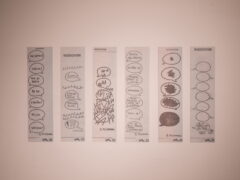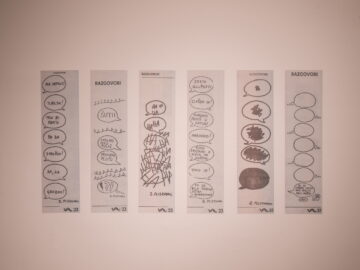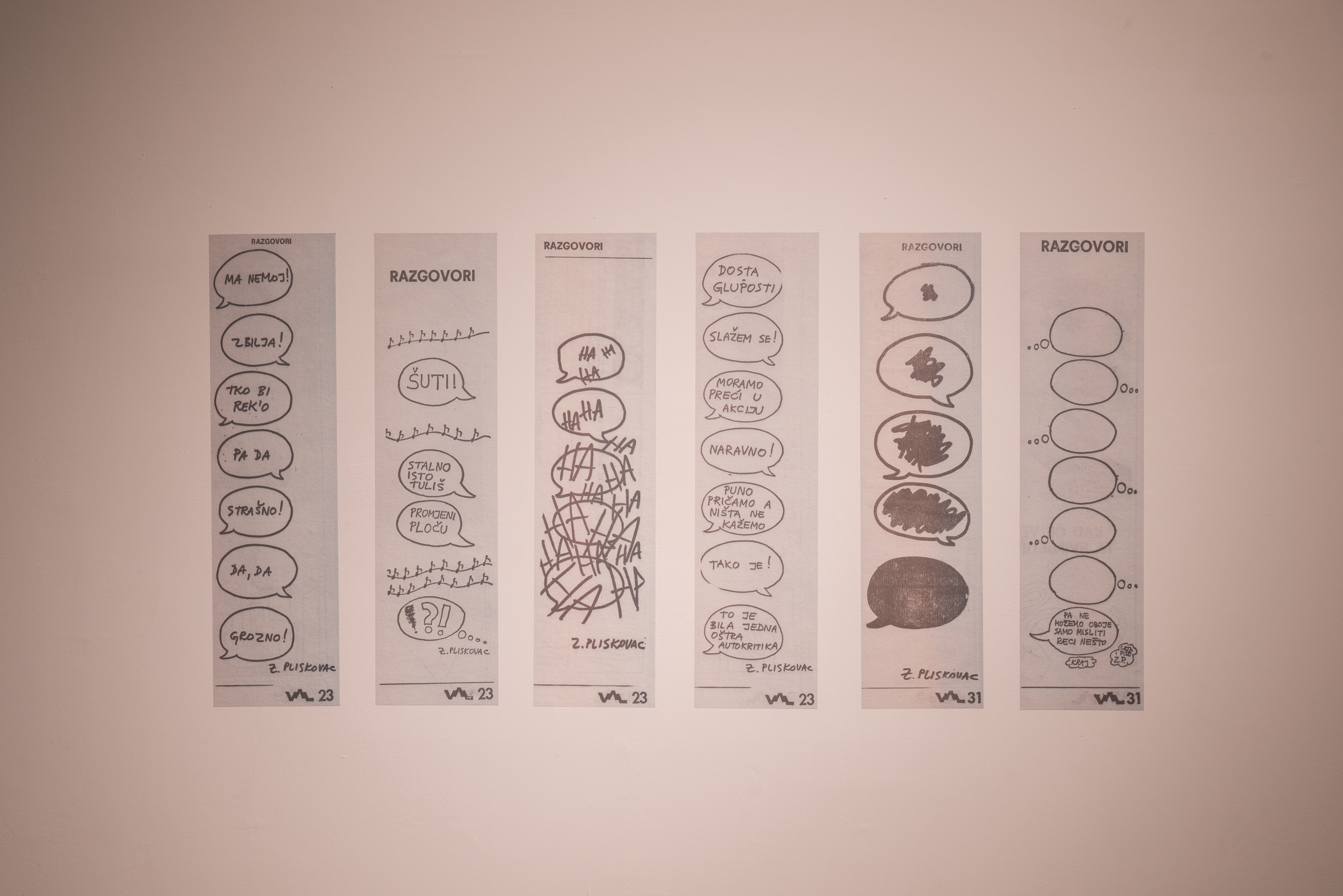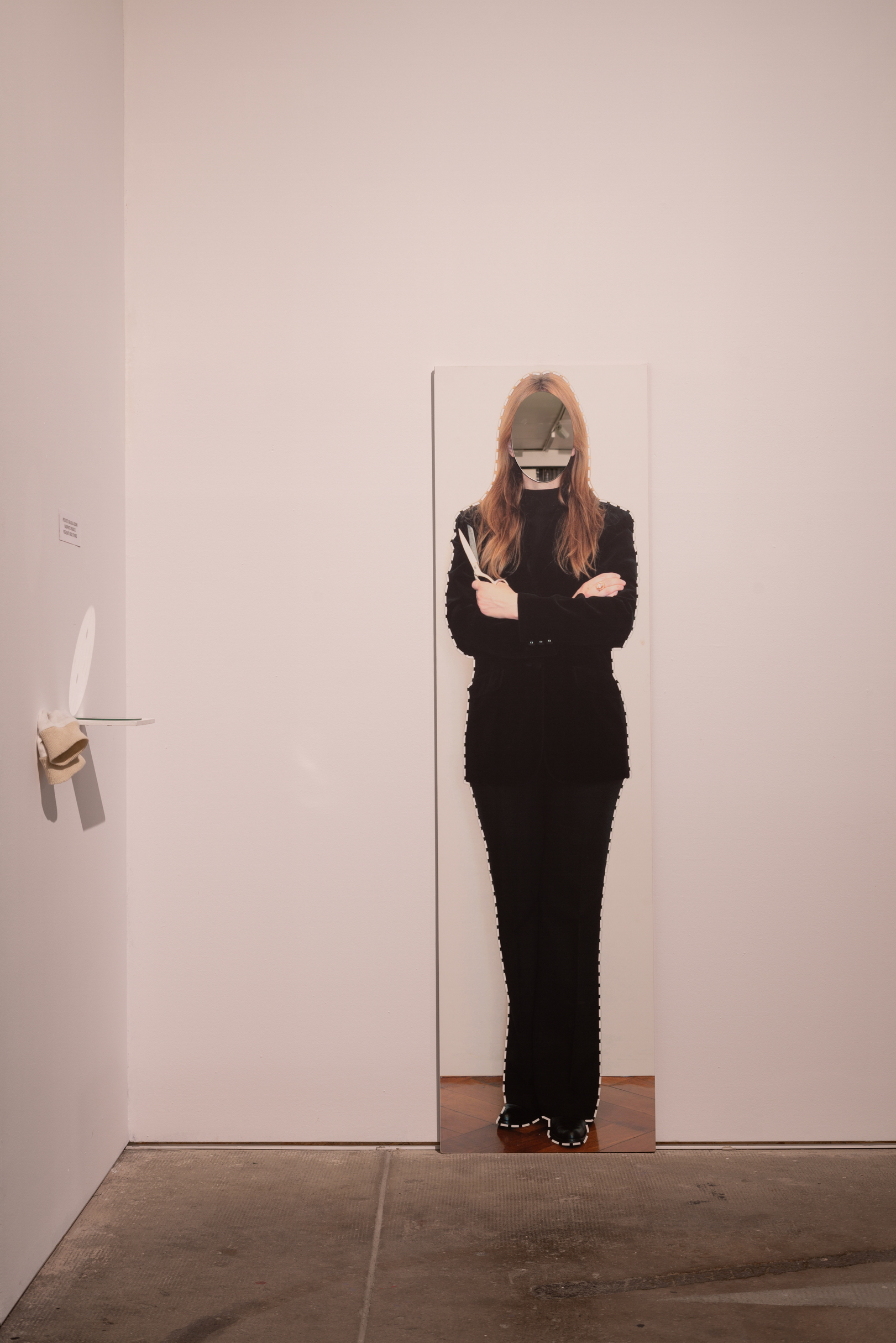Where Is This Cloud Floating? – exhibition from the MMSU collection
14.6.–25.8.2023.
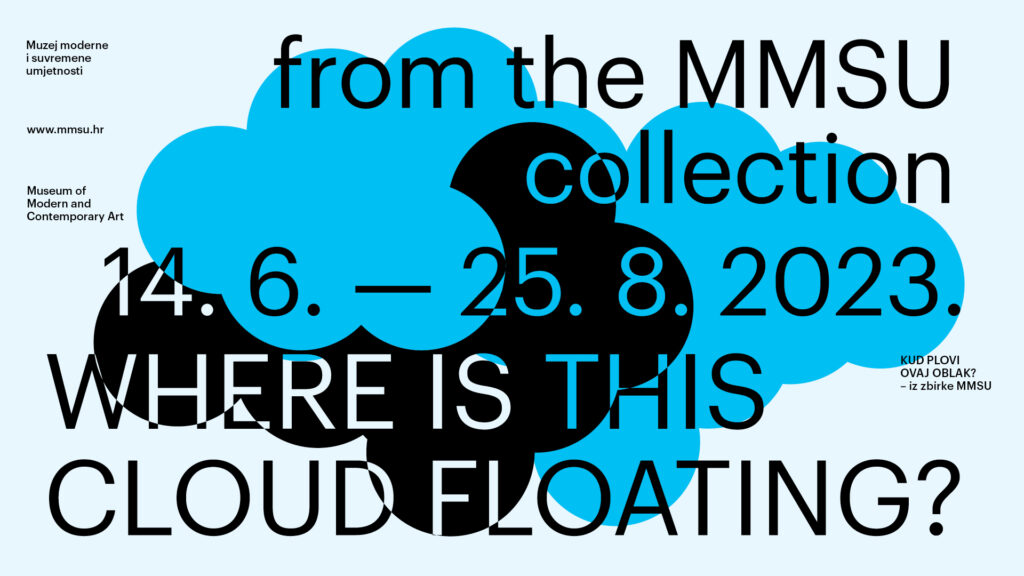
The exhibition Where Is This Cloud Floating? opens on June 14th, on the occasion of Rijeka’s Day. The exhibition from MMSU collection presents rarely shown artworks created mainly in the early 2000s.
Artists from the collection: Igor Grubić, Zlatko Kopljar, Andreja Kulunčić (co-authors: Trudy Lane, Gabrijela Sabol, Matija Pužar, Ivo Martinović), Siniša Labrović, Nika Radić, David Smithson, Izabela Peculić Stančić, Damir Žižić and Kristian Kožul, “The Moving Crew” collective, Invited artists: Petra Mrša, Zvonimir Pliskovac, Marina Rajšić.
Curators: Ksenija Orelj, Sabina Salamon; Associate: Ljiljana Kolešnik; Design: Ana Tomić i Marino Krstačić-Furić
Support: Grad Rijeka, Pimorsko-goranska županija, Ministarstvo kulture i medija RH; Acknowledgement: Volunteers in Culture – HKD Sušak, Elena Živanović, Iva Roman and Goran Manfreda (ICTSI Group), Drugo more, Davor Dukić; Media partner: Maersk Croatia d.o.o.
Today the cloud is the central metaphor of the internet: a global system of great power and energy that nevertheless retains the aura of something conceptual and numinous, almost impossible to grasp. (…) It is something we are training ourselves to rely upon with only the haziest notions about what is being entrusted and what it is being entrusted to. (James Bridle, Novo mračno doba, Rad i misao, Rijeka-Zagreb, 2019)
To mark Rijeka’s Day, we are opening an exhibition of rarely shown artworks from the MMSU collection, created mainly in the early 2000s. In between private and public, physical and online spheres, and with an active engagement of the gallery space and the visitor, we tackle the millennial themes: ubiquitous networking and digital connectivity, and the influence of internet technologies on the perception of reality.
The exhibition series that presents the museum collection explores the concepts of communication: information cloud, body as a digital image, escape from reality, false identities, hyper-bureaucratization, isolation. To avoid overwhelming chronological presentations, this year’s edition presents a theme-based exhibition, consisting mainly of art installations that cannot be shown often because of their spatial complexity. The exhibition relates to the series Instructions for Watching: What does the body want? (2018) and Words to Be Seen (2022), where we, in the absence of a permanent display and a larger exhibition space, present clips from various museum collections.
With the exhibition title, Where Is This Cloud Floating?, we are referring to the information cloud as a metaphor of a global society and the forced communication networking. While the ancient (holy) man was obsessed with the sky, the modern man is fascinated by the supremacy of the information cloud and its observations of the here and now. Even though we are not showing the most recent media art, we present a simultaneous experience of the real and the virtual, whose ambiguity can be described as a sort of stereo-reality. With our heads in clouds, it is becoming easier to forget the feel for our own bodies and so we suppress the joy of face-to-face conversation and resort to information exchange with those we have never seen…
Reflecting the anthropology of the millennial everyday routine, Where Is This Cloud Floating? explores the physical and virtual realities of the body (Petra Mrša, The Moving Crew), the fabrication of one’s own appearance (Marina Rajšić), disorientation between monologues and dialogues (Siniša Labrović, Izabela Peculić Stančić). It examines communication as a dubious process of understanding (Nika Radić), and calls into question the sustainability of a cause-and-effect perspective on reality (David Smithson). Criticism of the culture of the spectacle and the false promises of the consumer society (Damir Žižić and Kristijan Kožul), as well as the forced compliance with social standards which leads to subjugation and dissent (Igor Grubić, Zlatko Kopljar), are presented here as old topics in new forms. We also tackle the topic of the future, reflecting on the achievements of genetic engineering (Andreja Kulunčić). The only departure from the above-described concept are the comic strips of Rijeka-based artist Zvonimir Pliskovac, published in the 1970s in the popular youth newspaper Val, which examine the banalities and illusions of communication – ‘when we pretend to understand each other well’.
The exhibition discusses the experience of identity loss, lack of security and belonging, as well as the disintegration of togetherness in these information-accelerated, economically unstable times. In different approaches and media formats, these works pose the questions: how do we communicate with each other, who is fighting the information battle, and what fears prevent us from direct, open communication?
It is estimated that in the last 30 years, more information has been produced than during the previous 5,000 years single copy of the Sunday edition of the New York Times contains more information than an educated person in the eighteenth century would consume in a lifetime (Ignacio Ramonet, Tyranny of Communication, 2001).
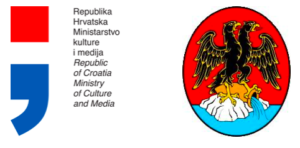
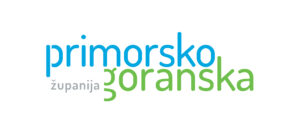

Gallery
